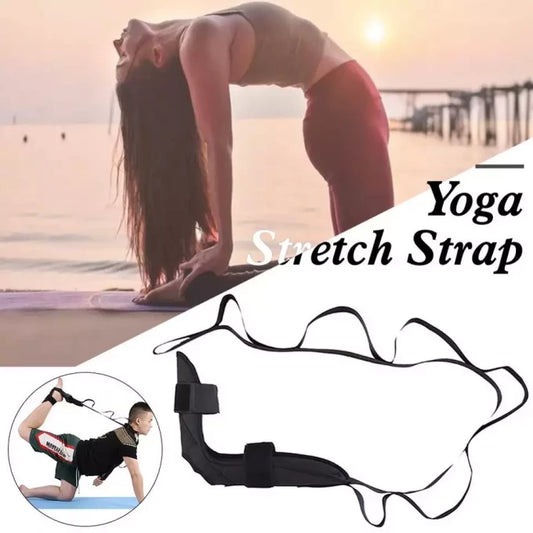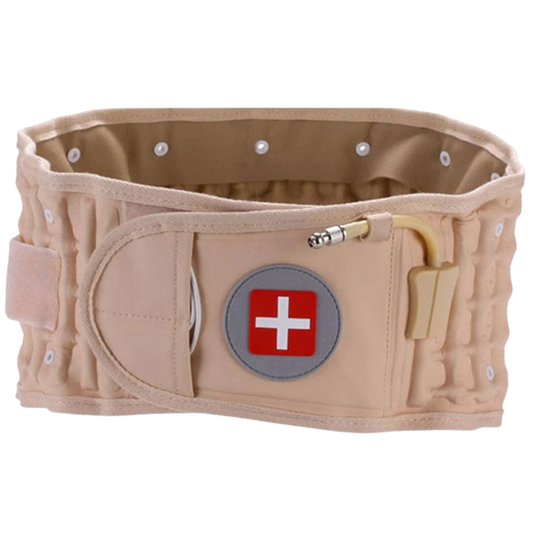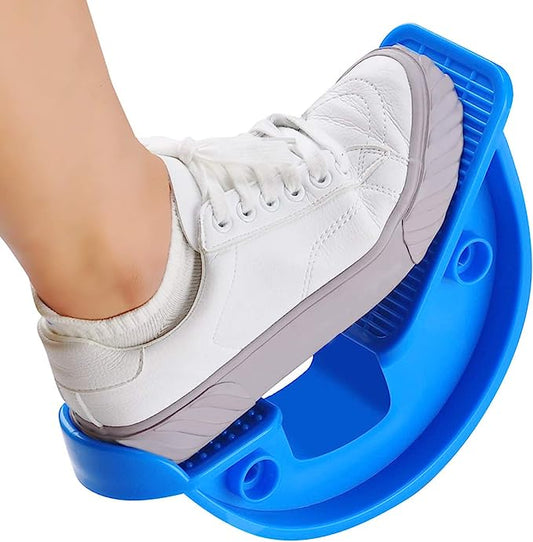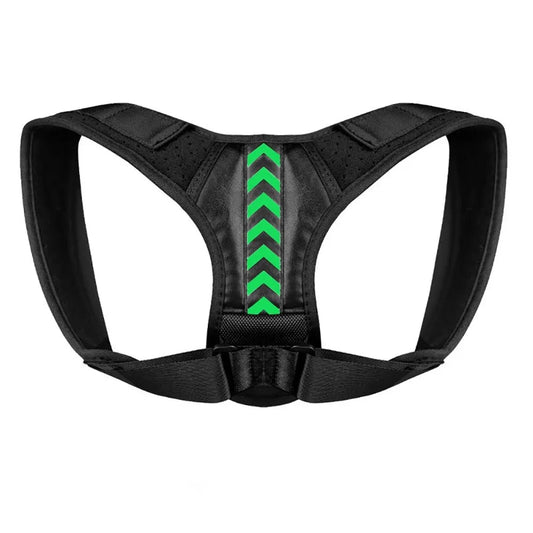I visited the Sport Science Clinic earlier this week because I was experiencing pain in my lower back which was strange. I have been training consistently and have become incredibly strong. I could not understand why my back pain was flaring up again. The answer I received as the cause of my current situation shocked me. Tight ankles. Seriously?
Time for an anatomy lesson. Your Soleus muscles is responsible for a whole lot. This little guy is totally underestimated and under valued. The soleus muscle is what gives you the ability to push off your toes while walking or jumping. It also helps keep your foot pointing down whilst cycling, dancing, climbing or running. And most importantly, the soleus helps to provide your ankle and knee with stability.
Interesting fact: The soleus has been labelled ‘the second heart’. I bet you didn’t know that the soleus muscle has another amazing job: as it contracts and relaxes, it helps pump blood back to your heart which keeps your circulation flowing. Feel smarter?!
This information is particularly relevant for the runners and cyclist among us. If you have a tight soleus muscle it does not release and relax efficiently when you are running or cycling. So it has a negative impact to your performance and run/cycle times. You are forced to use more energy and struggle through the movements and this can sverely hinder your performance.

Chain reaction of tight solues muscle explained…
Another interesting fact: your calves can be the route cause of your lower back pain. Constant use with lack of effective stretching results in the Soleus muscle tightening and seizing. Then a chain reaction is triggered. The tight calf muscles reduce the mobility of your body during function and with increased tightness your body does what it is designed to do, compensate. The compensation resulting from tight calves is transference of your centre of gravity forward. Then a little more compensation takes place: your lower back muscles are triggered to over-activate in response to the altered centre of gravity and this increases your lumbar lordosis (curve in the lower third of your spine) in order to maintain an erect posture during standing and walking. This then adds the pressure and stress in your low back muscles and the rest of your upper body will also over compensate for the weight shift.
In your normal walk, as your ankle bends and unbends, your lower leg (shin) passes over the center of your foot. If your ankle is unable to complete this full range of motion, you begin to lose the ability to point your foot up or turn in or out.
Also if you have restricted range of motion at the ankle the problem will show somewhere up the kinetic chain, full ankle dorsiflexion and full knee flexion is necessary for squatting and lunging patterns this cannot happen with restricted or tight calf/soleus muscles.
These are the potential chain reaction side effects that can be triggered from tight calves and tight ankles:
- Shortened stride when doing normal walking
- Upper back pain, neck pain and lower back pain
- Headaches and jaw pain as a result of a forward head and neck posture
Its crazy right !? who would have thought?

- Knee and/or thigh placement shifted during normal walking which prevents normal hip swing movements
- This in turn will shorten your stride and cause your upper-body and hips to take on extra work whilst becoming overused.
- Your lumbar lordosis (curvature in the lower spine) is increased in order to maintain a straight posture when you stand a walk.
This is added stress to your low back muscles and the rest of your
- The entire upper body makes compensatory chnges in order toaccomodate for the shift in weight and centre of gravity.
In short, ankle and calf issues manifest thoughout the body with a range of syptoms. These can be mild (like knee pain now and again), moderate (lower back mucles fatigue and weakness) or severe (pinched nerves in the neck). Restricted range of motion in your ankles eventually will be felt as pain or discomfort at some stage. Your body is a long chain of interwoven mucles that transfer energy and power to one another through tendons and ligaments (the fancy term for this is a “kinetic chain”). If you create a weak link at the base of this ‘kinetic chain’ by restricting the range of motion in your ankles, you are guaranteed problems elsewhere.
Moral of my story: Stretch your ankles and calves and achilles tendons daily. Do not neglect these quiet soldiers because they will begin to shout at you if you ignore them.




